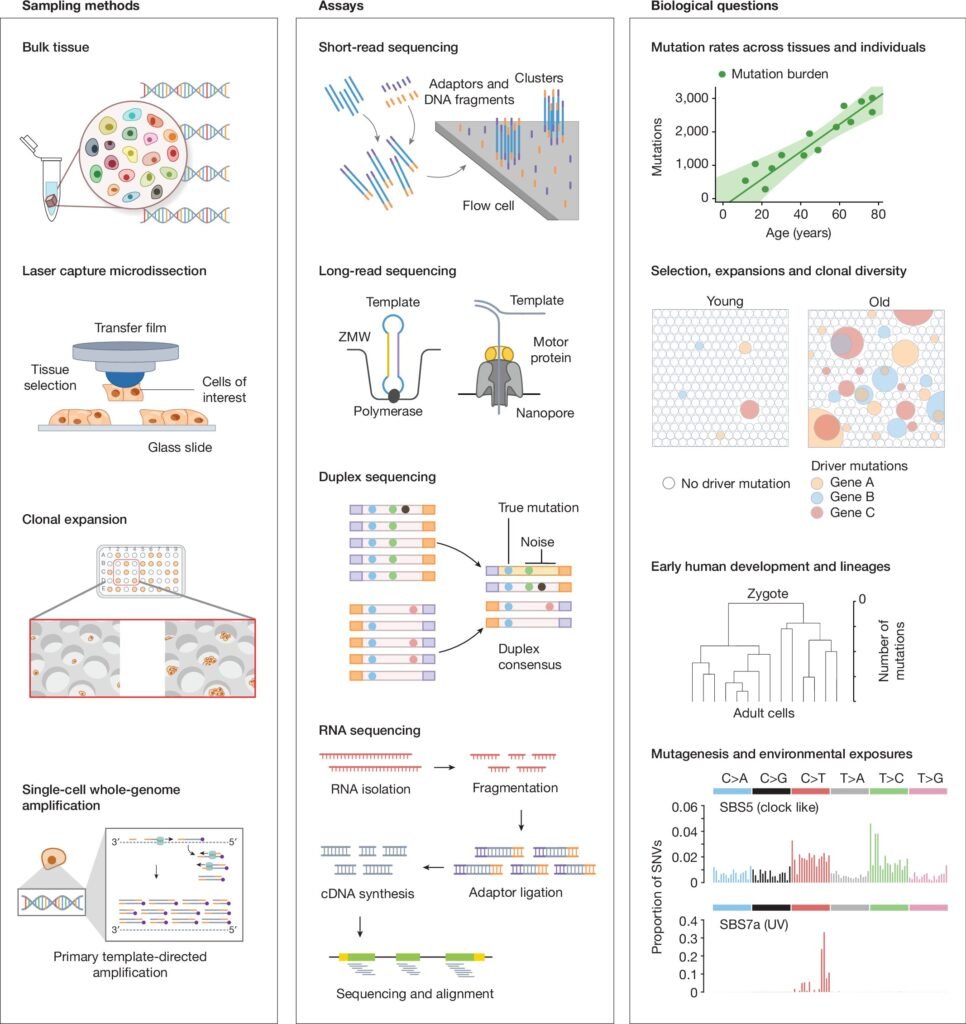Genetic mutations are a natural part of the human experience, accumulating in our tissues from the time we are conceived to our old age. These mutations, known as somatic mutations, can evade the body’s DNA repair mechanisms and potentially impact our health. A groundbreaking project led by researchers from Yale University aims to catalog these mutations across 19 tissue sites in 150 individuals without disease.
The Somatic Mosaicism across Human Tissues (SMaHT) Network, involving over 300 researchers, seeks to understand how our bodies change over time by studying mutations in various tissues. These mutations, such as single nucleotide variants (SNVs), occur at different rates throughout life, with implications for development, aging, and disease.
While most somatic mutations have little effect on health, some can lead to serious conditions like cancer, developmental syndromes, and neurological diseases. To better understand the impact of these mutations, the SMaHT Network will establish a reference database of mutations in healthy individuals to identify harmful ones.
Detecting somatic mutations in human tissues is challenging, as they may exist in small numbers of cells. The consortium is using advanced sequencing techniques with ultra-low error rates to track mutations at the single-cell level and analyze RNA expression patterns. This “super-personal genome” approach will provide valuable insights into the role of mutations in human biology.
The research findings from the SMaHT Network are published in the journal Nature, providing a comprehensive overview of somatic mutations in healthy individuals. By understanding the baseline mutations in healthy tissues, researchers hope to gain insights into disease mechanisms and potential therapeutic targets.
For more information on the project, you can access the full article in Nature with the DOI: 10.1038/s41586-025-09096-7. The pioneering work of the SMaHT Network promises to revolutionize our understanding of genetic mutations and their impact on human health and disease.


